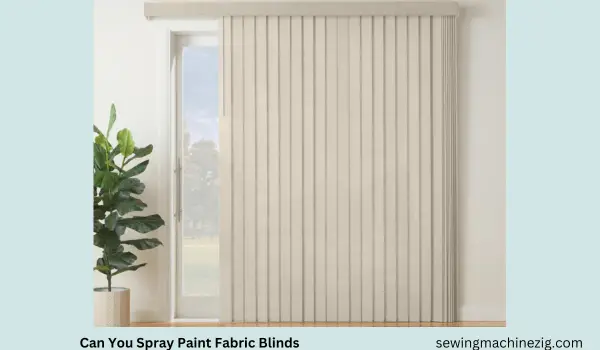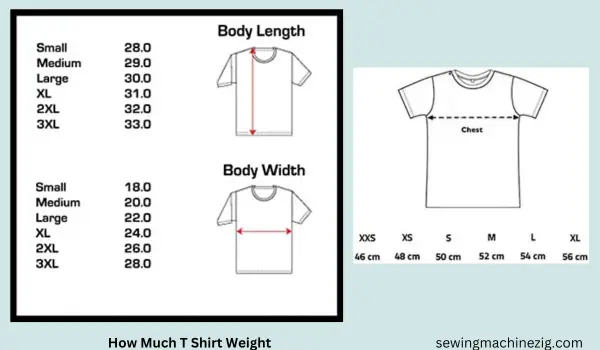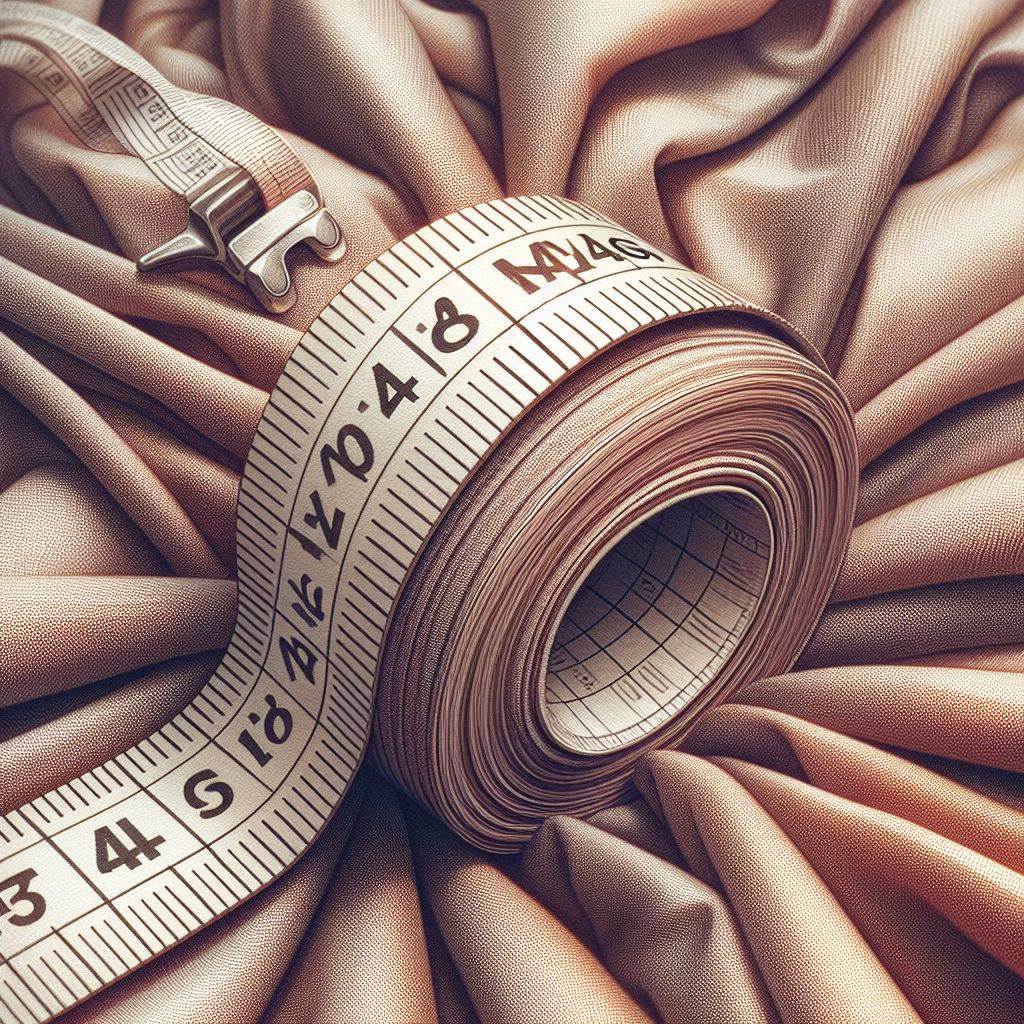
Embarking on a sewing project, the quest for What Is The Standard Width Of A Fabric Bolt can feel like navigating a labyrinth of uncertainty. The desire to envision and create, hampered by the lack of clarity on this essential detail, resonates with every sewing enthusiast.
Thank you for reading this post, don't forget to subscribe!In this guide, we share your frustration, acknowledging the need for seamless understanding in the realm of fabrics. Fear not! We unravel the mystery surrounding fabric bolt widths, providing a thread of clarity to ensure your sewing ventures unfurl with precision and ease.
What Is The Standard Width Of A Fabric Bolt Detailed Answer
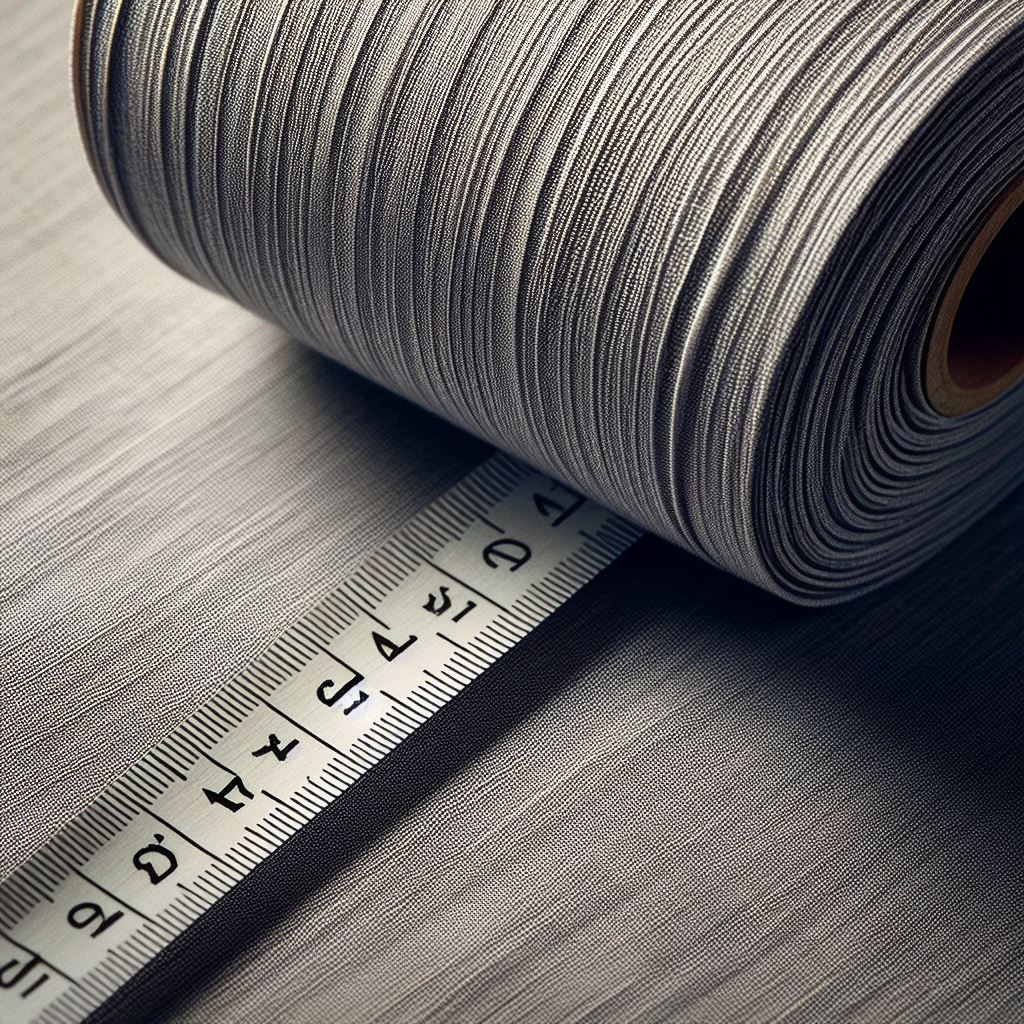
Embarking on a sewing project is an exciting journey, but understanding the standard width of a fabric bolt is crucial for success. Here’s a detailed process to guide you through the intricacies, making your sewing endeavors both attractive and efficient:
Guide:
1. Understanding Fabric Width:
Fabric width refers to the distance across the fabric from one selvage edge to the other. Selvage edges are the finished edges of the fabric that run parallel to the length. The width is a critical factor in determining how much fabric you need for a project.
2. Standard Fabric Bolt Widths:
Fabric bolts come in various widths, catering to different types of fabrics and intended uses. The most common standard fabric bolt widths are 45 inches, 54 inches, and 60 inches. These widths accommodate a wide range of sewing projects, from garments to home decor items.
3. 45-Inch Fabric Bolts:
The 45-inch width is a common standard for many types of fabric. It is suitable for garments, quilting, and a variety of sewing projects. When purchasing fabric from a bolt with a 45-inch width, keep in mind that the usable width may be slightly less due to selvage allowances.
4. 54-Inch Fabric Bolts:
Fabrics with a 54-inch width offer a broader canvas for sewing projects. This width is often preferred for larger items, such as tablecloths, bed linens, or projects that require a bit more fabric than the standard 45-inch width.
5. 60-Inch Fabric Bolts:
The 60-inch width is considered wide fabric and is ideal for projects that require a generous amount of material. This width is commonly used for bedding, draperies, and other substantial items where a wider width is advantageous.
6. Specialty Fabric Bolts:
In addition to the standard widths, specialty fabrics may come in bolts with unique widths. For example, some specialty fabrics for quilting or crafts might have narrower or wider widths to suit specific project requirements.
7. Calculating Fabric Yardage:
When planning your project, knowing the fabric width is crucial for calculating the required yardage. The yardage needed is determined by the project’s dimensions and the fabric width. Online fabric calculators can assist in making accurate estimations.
8. Considerations for Pattern Requirements:
When working with sewing patterns, the required fabric yardage is often specified based on the standard fabric bolt widths. Check the pattern instructions to determine the recommended fabric width for the project.
9. Purchasing Fabric with Precision:
When buying fabric, communicate with the fabric store or online retailer to ensure you are getting the desired width. Most fabric bolts will have the width information displayed, allowing you to make informed choices.
10. Accounting for Pattern Layout:
Keep in mind that pattern layout can affect the amount of fabric needed. Certain pattern layouts may require additional yardage, so be sure to consider this when calculating your fabric requirements.
11. Storing Fabric Bolts:
If you have leftover fabric from a bolt, store it properly to maintain its quality. Consider using plastic wrap or fabric storage bags to protect the fabric from dust, sunlight, and potential damage.
12. Exploring Fabric Alternatives:
In some cases, the project’s requirements or personal preferences may lead you to explore fabrics beyond the standard widths. Be open to discovering unique fabrics that add character to your creations.
13. Utilizing Fabric Width for Design:
Consider the fabric width as a design element for your projects. The strategic placement of pattern
14. Embracing Creativity with Fabric Widths:
Don’t let standard widths limit your creativity. Experiment with combining fabrics of different widths to add texture and diversity to your projects.
By embracing these steps,What Is The Standard Width Of A Fabric Bolt, you elevate your sewing endeavors with a nuanced understanding of fabric bolt widths, ensuring precision and creativity in every stitch.
How Many Yards In A Bolt Of Cotton Fabric
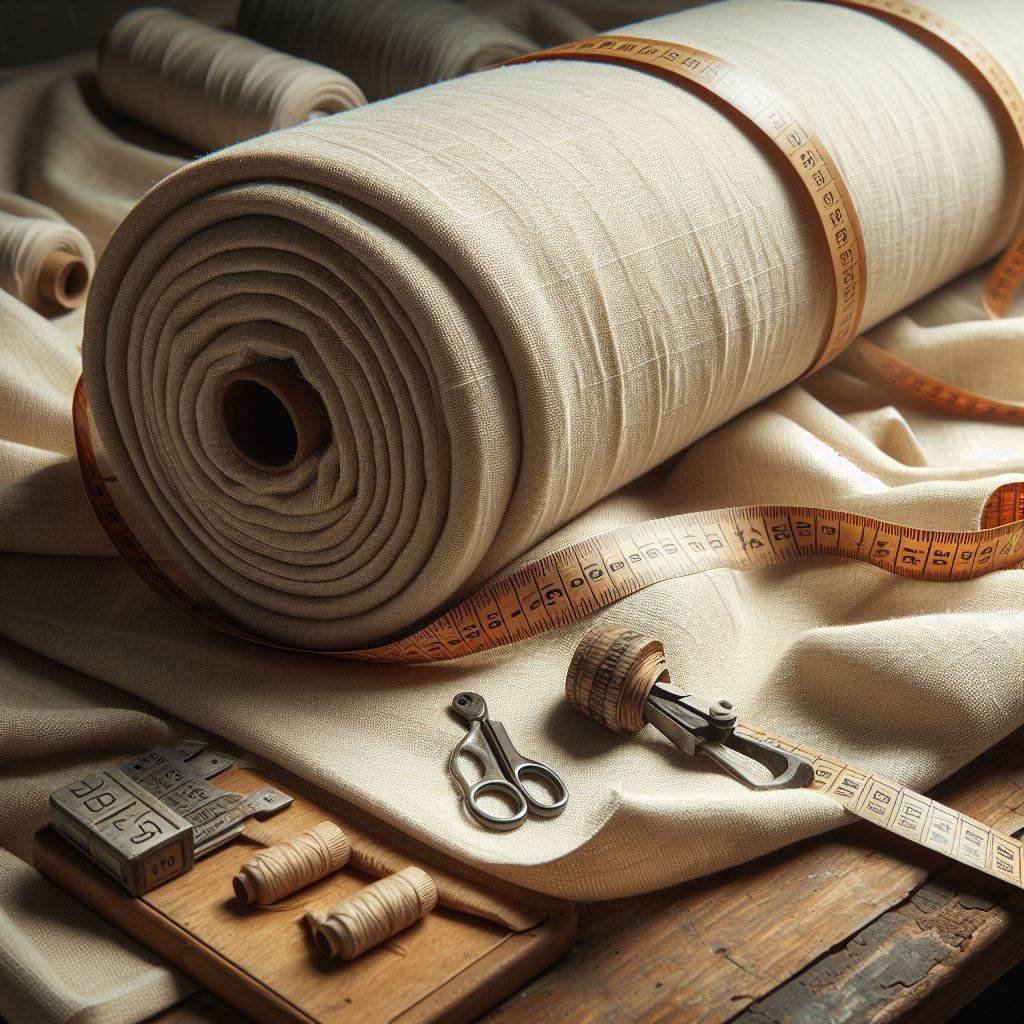
Embarking on a sewing project is a delightful journey, yet the mystery of how many yards are in a bolt of cotton fabric can be a stitching puzzle. Here’s a detailed process to guide you through the intricacies, weaving together knowledge and creativity:
Guide:
1. Defining a Fabric Bolt:
Before diving into yardage, let’s clarify what a fabric bolt is. A fabric bolt is a cylindrical spool around which fabric is wound for storage, display, or transportation. Bolts are a standard unit for selling and measuring fabric.
2. Understanding Fabric Yardage:
Fabric yardage refers to the length of fabric measured in yards. It is a crucial factor in determining how much fabric you need for a particular sewing project. Yardage requirements vary based on project dimensions, pattern instructions, and fabric width.
3. Standard Yardage in a Cotton Fabric Bolt:
The standard yardage in a cotton fabric bolt varies but is typically in the range of 8 to 15 yards. This standardization aids both manufacturers and consumers in estimating the amount of fabric required for various projects.
4. Calculating Yardage for Projects:
When planning a project, it’s essential to calculate the required yardage accurately. Consider the project’s dimensions, the fabric width, and any pattern requirements. Online fabric calculators can assist in making precise estimations.
5. Considering Fabric Width:
Fabric width plays a significant role in determining yardage. Common fabric widths for cotton bolts include 45 inches, 54 inches, and 60 inches. The wider the fabric, the fewer yards may be needed for a given project.
6. Accounting for Pattern Instructions:
Sewing patterns often provide guidelines on the required fabric yardage based on the standard fabric width. Follow pattern instructions to ensure you purchase the correct amount of fabric for your chosen project.
7. Choosing Cotton Bolt Lengths:
Cotton fabric bolts come in various lengths, and the choice of bolt length depends on the manufacturer and fabric type. Bolts with 8, 10, or 15 yards are common. Consider the project’s scale and your preferences when selecting bolt lengths.
8. Understanding Continuous Yardage:
When purchasing fabric from a bolt, you may receive continuous yardage or multiple pieces. Continuous yardage is preferable for seamless projects, ensuring you have the necessary length without interruptions.
9. Communicating with Fabric Retailers:
When buying fabric, communicate with fabric store staff or online retailers to confirm the bolt’s yardage. This ensures you receive the desired amount and minimizes the chances of miscalculation.
10. Utilizing Partial Bolts:
If your project requires less fabric than a full bolt provides, inquire about purchasing partial bolts or remnants. This option allows you to minimize waste and tailor your fabric purchase to your specific needs.
11. Proper Storage of Fabric Bolts:
If you have leftover fabric from a bolt, store it properly to maintain its quality. Protect the fabric from dust, sunlight, and potential damage by using plastic wrap or fabric storage bags.
12. Exploring Different Cotton Fabrics:
Cotton fabric bolts come in various types, from plain weaves to twills and prints. Explore different cotton fabrics to add texture and character to your projects. Each type may have different yardage requirements.
13. Planning for Pattern Matching:
If your project involves pattern matching, factor in additional yardage. Matching patterns requires careful layout and cutting, and having extra fabric ensures you can align patterns seamlessly.
14. Considering Fabric Shrinkage:
Cotton fabric may shrink after washing. When calculating yardage, consider potential shrinkage to ensure your finished project retains the intended dimensions.
15. Embracing Creativity with Yardage:
Don’t let yardage restrictions stifle your creativity. Experiment with combining fabrics of different yardages to create unique designs. Mixing textures, patterns, and colors can result in visually interesting projects.
By embracing these steps, “What Is The Standard Width Of A Fabric Bolt” you navigate the realm of fabric yardage with confidence, ensuring your sewing projects unfold smoothly and creatively.
Conclusion:
The labyrinth of uncertainty surrounding the standard width of a fabric bolt can cast a shadow on the joy of sewing. This guide has unraveled the intricacies, providing a thread of clarity to illuminate your sewing endeavors. Seamlessly integrating the understanding of fabric bolt widths into your creative process ensures that every project unfurls with precision, making the journey of stitching and crafting a canvas of both knowledge and artistic delight. I hope now your fully aware of What Is The Standard Width Of A Fabric Bolt.
FAQs:
Q1: Can I find fabric bolts with widths other than the standard ones mentioned?
A1: Yes, fabric bolts with unique widths are available, especially for specialty fabrics. Some fabrics tailored for specific projects may come in narrower or wider widths. “What Is The Standard Width Of A Fabric Bolt“
Q2: How does the fabric width affect the cost of the fabric?
A2: The width of the fabric can impact the cost, as wider fabrics generally provide more material per yard. However, factors such as fabric type and quality also influence the overall cost. “What Is The Standard Width Of A Fabric Bolt“
Q3: Are there standard fabric widths for specific types of projects, such as quilting or apparel?
A3: While there are general recommendations, the choice of fabric width depends on the specific project requirements. Quilters may prefer narrower widths, while apparel projects often utilize standard widths of 45, 54, or 60 inches. “What Is The Standard Width Of A Fabric Bolt“
Q4: Can I combine fabrics of different widths in a single project?
A4: Yes, combining fabrics of different widths can add visual interest to a project. Ensure that the fabrics work well together in terms of texture, weight, and design. Plan your layout carefully to optimize creativity and minimize waste. “What Is The Standard Width Of A Fabric Bolt“

